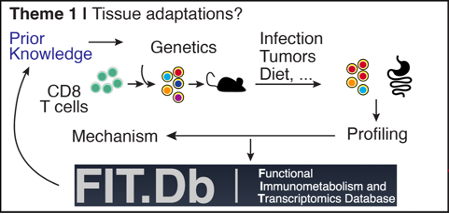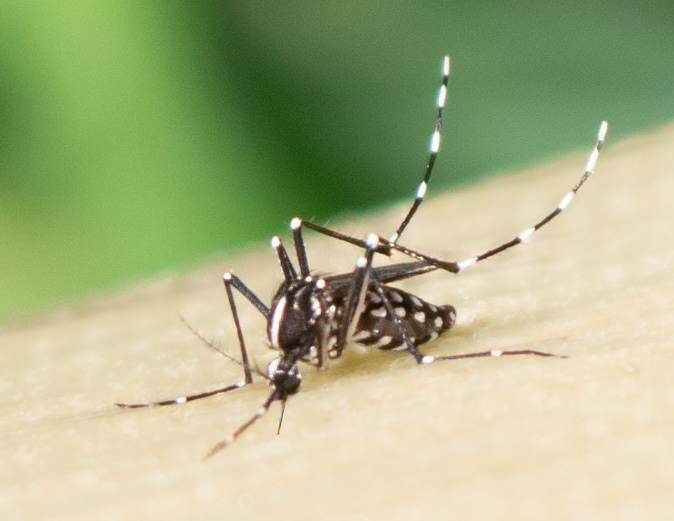
Long-term tissue residency is a complex, context-dependent challenge requiring specific cellular adaptation strategies. Our recent work has identified common metabolic adaptations that empower CD8 T cell tissue residency and anti-tumor immunity (Reina-Campos et al, Nature 2023), opening exciting new research directions and highlighting pending questions in the field:
A. How do TRM source and utilize nutrients in different environments?
B. How are TRM connected to organismal physiology?
C. How do TRM cope with chemical diversity?
D. What internal processes guide TRM residence, originate TRM diversity, and control population density, movement, and cytotoxic activity?
These studies are propelled by implementing genomic screens in vivo using CRISPR/Cas9 gene targeting and overexpression strategies, combined with in vivo tracing of labeled nutrients and metabolomics. Models of viral and bacterial infections, such as LCMV and Listeria monocytogenes, respectively, and mouse cancer models, such as liver, colon, and prostate, will provide in vivo experimental settings in which to obtain mechanistic insights. Human samples will provide the clinical relevance and test the potential translation of our findings.




